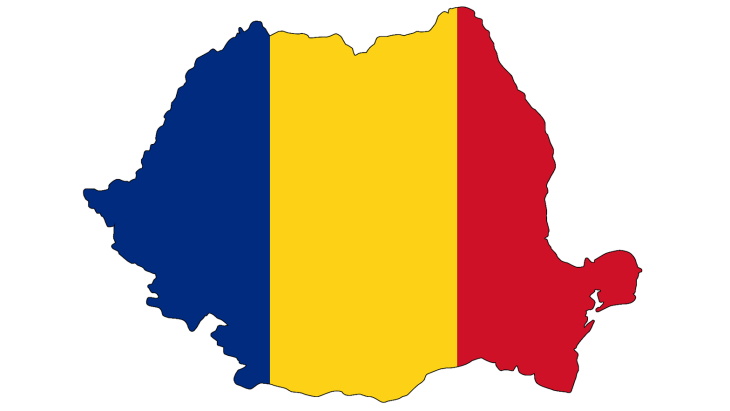IAEA assesses Romania's SMR site selection process
The International Atomic Energy Agency (IAEA) has conducted its first ever Site and External Events Design (SEED) mission to look into site selection for a small modular reactor (SMR). The three-day mission to Romania was conducted last month at the request of Nuclearelectrica.

(Image: Elionas / Pixabay)
Nuclearelectrica and NuScale are cooperating with the US Trade and Development Agency on a series of engineering and design activities and studies, as well further technical analyses of the Doicești site, a former thermal power plant site which has been identified as a potential location for an SMR plant. The site is approximately 90km northwest of the capital Bucharest. The study, started in June, is expected to take eight months and cost USD28 million in total, with contributions from Nuclearelectrica and NuScale.
Romania requested the IAEA to conduct a SEED review mission to assess the process that was followed in choosing the preferred site.
SEED missions assist IAEA Member States at different stages in the development of a nuclear power programme, including by reviewing site selection, site assessment and design of structures, systems and components, taking into consideration site specific external and internal hazards.
The SEED mission to Romania - which took place from 22 to 24 August - comprised three experts from Germany, Turkey and the UK. They met with senior staff from Nuclearelectrica at its premises in Bucharest.
The IAEA's review assessed how Romania conducted the process for the site selection of the SMR against IAEA safety standards, taking into account potential impacts to a site from external events, such as tsunamis, earthquakes and floods, and potential impacts to the population from low-probability accidents at the site.
The team said Romania documented the site selection process in a preliminary Nuclearelectrica report, which will be followed by a preliminary Front-End Engineering and Design (FEED) study. The SEED mission said a limited amount of additional work is needed on sensitivity analysis and collection of confirmatory data for the FEED study, together with detailed recommendations on the minimisation of project risks.
The team also provided some recommendations to support the optimisation of the site selection process and to minimise the risk that the following phases will identify important safety issues that may affect project implementation. These include: all data be collected in a site selection summary report to provide traceable support for later decisions and site evaluation phases; a suitable graded approach be applied for the specific technology selected for the SMR to be deployed, and in accordance with the potential radiological consequences of accidents, to meet overall safety objectives; and a possible additional data collection phase for the selection process be implemented for the preferred site, as back-up solutions, focused on the most discriminating selection criteria.
Romania informed the IAEA that further in-depth assessments of the Doicești site are to be conducted and it is actively addressing the recommendations of the IAEA SEED mission to support this work.
The final mission report will be delivered to the Romanian government within three months.
"This comprehensive review will provide assurances to the Romanian public and beyond about the SMR site selection," said Paolo Contri, team leader for the review and Head of the External Events Safety Section in the IAEA Department of Nuclear Safety and Security. "The recommendations made will help Romania to prepare for the construction of the SMR, by making sure that potential issues associated with site safety are carefully considered early in the process and that alternative sites are available in the event that the selected site does not meet the requirements on the basis of the detailed site characterisation."
"We invited the IAEA SEED mission because it is a priority for us to build in Romania a state-of-the-art SMR project, in full compliance with the highest safety standards, as we have done in the 25 years we have operated the Cernavoda nuclear power plant," said Nuclearelectrica CEO Cosmin Ghita. "With the continued support of the IAEA, our experience in siting and building our first SMR can be used by other countries considering building SMRs. Nuclearelectrica is ready to share our experience on strategic and technical aspects of SMR deployment projects."
Researched and written by World Nuclear News
- China Institute of Atomic Energy
- Nuclear Power Institute of China
- Southwestern Institute of Physics
- China Nuclear Power Operation Technology Corporation, Ltd.
- China Nuclear Power Engineering Co., Ltd.
- China Institute for Radiation Protection
- Beijing Research Institute of Uranium Geology (BRIUG)
- China Institute of Nuclear Industry Strategy (CINIS)
- China Nuclear Mining Science and Technology Corporation


